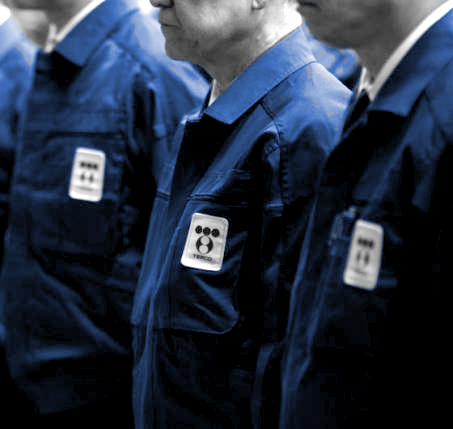Fukushima release looms
 Japan is preparing to release treated nuclear wastewater from the Fukushima Daiichi nuclear power plant into the Pacific Ocean.
Japan is preparing to release treated nuclear wastewater from the Fukushima Daiichi nuclear power plant into the Pacific Ocean.
Prime Minister Fumio Kishida says the water has undergone extensive treatment to ensure it no longer poses harm to the environment.
The plan now is to release it into the sea, starting on Thursday.
This development has garnered reactions from experts in the field, who underscore the safety measures in place and the precedent of such releases worldwide.
Associate Professor Tony Hooker, the Director of the Centre for Radiation Research, Education, and Innovation at The University of Adelaide, expressed his support, stating; “I welcome the news about the impending release and support Japan’s decision to commence disposal and believe they have a robust radiation management plan that has been approved by the IAEA [International Atomic Energy Agency], the Japanese NRC as well as other radiation protection agencies world-wide.”
He also highlighted the importance of comprehensive independent environmental monitoring to allay concerns surrounding the release.
Associate Professor Nigel Marks, a Professor in Physics & Astronomy at Curtin University, clarified that while the release may sound concerning, he believes it is not.
He pointed out that similar releases of tritium, a type of hydrogen, have occurred globally for decades without any adverse effects.
The amount of tritium Japan will release is minuscule compared to the vast Pacific Ocean, making it inconsequential in terms of added radiation.
Marks says that the controversy surrounding the release lacks scientific merit and that ocean disposal is the most practical option available.
“Opponents of the release have suggested unrealistic alternatives and mustered a range of counterarguments, but none of these withstand scientific scrutiny,” he said.
“In truth, almost everything is radioactive, including the Pacific Ocean, where tritium accounts for a modest 0.04 per cent of total radioactivity.”
Tony Irwin, an Honorary Associate Professor at the Australian National University, Technical Director of SMR Nuclear Technology Pty Ltd, and Chair of Engineers Australia Sydney Division Nuclear Engineering Panel, says that not all radioactive materials are inherently dangerous.
“There is an understandable perception that all radioactive materials are always and everywhere dangerous, particularly liquid waste, but not all radioactive materials are dangerous,” he said.
“The Fukushima water discharge will contain only harmless tritium and is not a unique event.
“Nuclear power plants worldwide have routinely discharged water containing tritium for over 60 years without harm to people or the environment, most at higher levels than the 22 TBq per year planned for Fukushima.
“For comparison the Kori nuclear plant in South Korea discharged 91 TBq in 2019, more than four times the planned Fukushima discharge and the French reprocessing plant at La Hague discharged 11,400 TBq in 2018 into the English Channel, more than twelve times the total contents of all the tanks at Fukushima, again without harm to people or the environment.
“It is important that the International Atomic Energy Agency (IAEA) has carried out an independent and transparent review of the procedures and equipment for discharges and its comprehensive report issued in July 2023 confirms that the release will have a negligible radiological effect on people and the environment.”
The IAEA will reportedly maintain a continuous on-site presence on site to independently monitor discharges.








 Print
Print